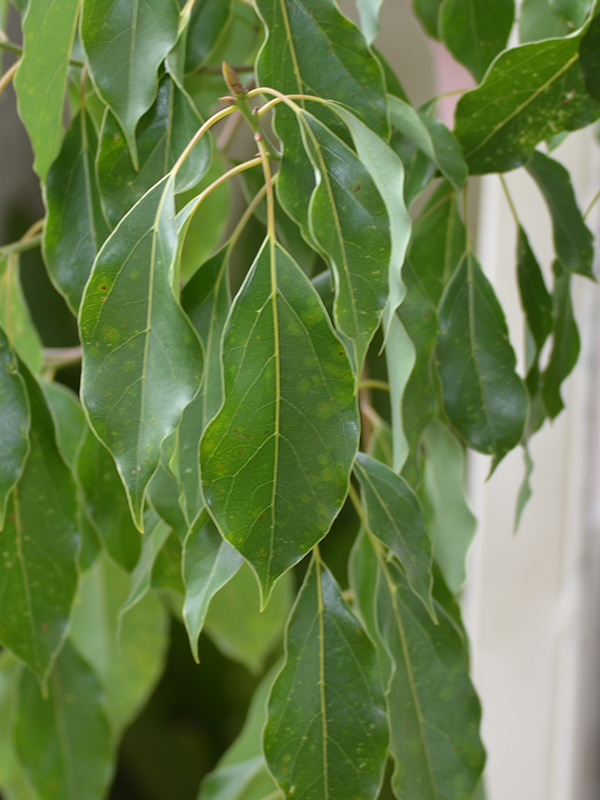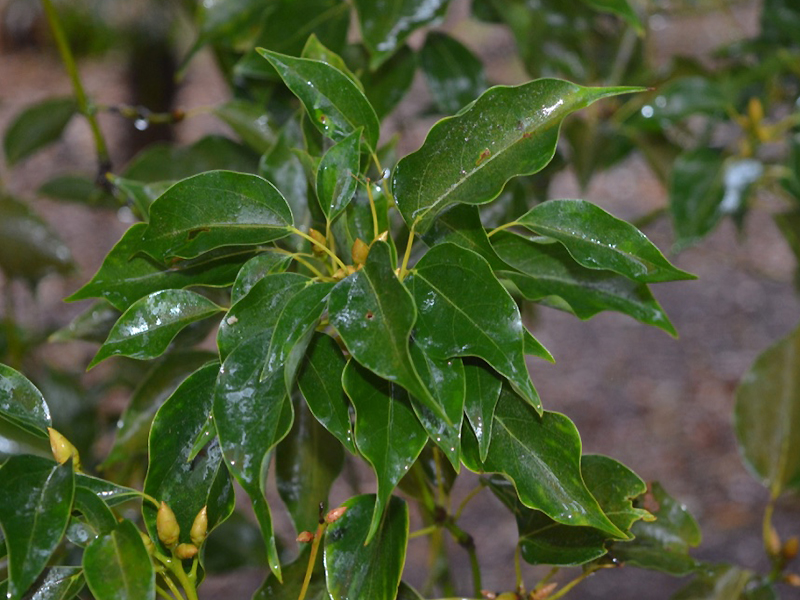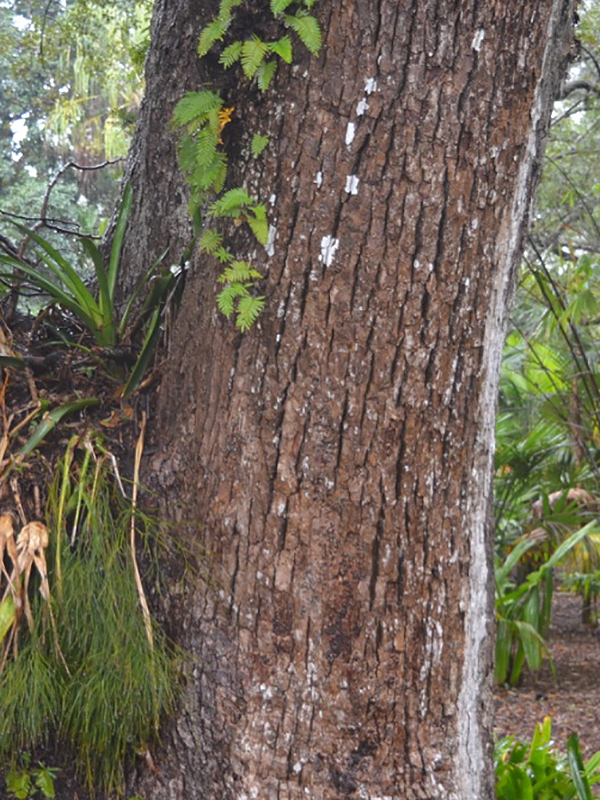Cinnamomum camphora (Camphor Tree)
Botanical Information
| Family | Lauraceae |
| Genus | Cinnamomum |
| Species | camphora |
| Category | Tropicals |
| Type | Tree (deciduous) |
| Origin | Japan, Taiwan, Malaysia, and Tropical Asia. |
Details
| USDA Hardiness Zone | 9-11 |
| USDA Hardiness Ref. | |
| Canadian Hardiness Zone | Requires cool season protection under glass. |
| Canada Hardiness Ref. | |
| RHS Hardiness Zone | H1c-H4 |
| RHS Hardiness Ref. | |
| Temperature (°C) | (-6.7) - 10 |
| Temperature (°F) | 20-50 |
| Height | 10-15 m |
| Growth | Slow |
| Flowering Period | March, April, May, June |
Description and Growing Information
| Landscape | Camphor trees need space to grow so are best used in open spaces or parks. |
| Propagation | Propagated by seed. |
| Cultivation | Grows best in hot and humid climates and prefers well drained, moist soil in full sun. |
| Notable Specimens | Royal Botanical Gardens, Burlington, Ontario, Canada. Harry P. Leu Gardens, Orlando, Florida, United States of America. |
| Habitat | Found in bushlands, rainforest edges, moist open woodlands and pastures. |
| Bark/Stem Description | Yellow green that is covered in a grey coating upon maturity. |
| Flower/Leaf Bud Description | Yellowish-black encased in layers of scales. |
| Leaf Description | The evergreen leaves are 5-8 cm long, elliptic, and glossy green. |
| Fruit Description | The black, berry-like fruit is 1 cm in diameter. |



